Traditional Mariachi / Charro dances
Mexico is synonymous with bright colors, songs, dances, ceremonies, fireworks, original costumes and an inexhaustible cascade of surprises in gastronomy and events.
By: Michelle Lopez Arciga
Mexican Culture
No other country in the “New World” offers tourism similar riches: gastronomy, beaches, magnificent archeological sites, history, and pre-Hispanic, colonial and modern art.
One of the hallmarks of Mexican culture is its plurality, the diversity of ethnic languages and groups, which set out to express their vision of the world.
This culture built on ideas and customs, shaping its own language, is recognized worldwide through aesthetic, ritual and spiritual expressions, among others.
A Charrito
From the Pacific to the Caribbean, from desert to tropical jungle, from highlands to the snow-capped volcanoes, Mexico offers in its incredible variety of light, color and landscapes a deep unity as a nation that adapts to progress, while keeping the roots of its ancestral cultures. It is a mosaic of knowledge, a product of the blending of groups and races.
Mexico has millennia of tradition and heritage
The beliefs use customs and ideals of earthly and unearthly indigenous life combined with a European and African view of the world, without dissipating or being lost. Both Africans as well as Spaniards, heirs of Arab culture, made contributions that under no circumstances neither abolished nor invalidated the original values. On the contrary, they promoted the emergence of new cultural initiatives, always starting from their own womb, a guide, and preserver of the nation’s identity.
Balloons Mexican Fiesta
A similar course unfolded later with the arrival of a diverse range of ethnic groups to Mexico: English, French, Italians, Germans, Chinese, and people from the Middle East and, sometime later, North-Americans who furthered cultural pluralism even more.
The cultural, historical and tourist wealth of our country is unmatched anywhere else in the world. It has a privileged geographical position and provides an excellent hotel and service infrastructure. The variety and quality of many of the hotels’ services would be superfluous without the friendly way Mexicans treat people, a feature which makes our country one of the best tourist destinations in the world.
We Eat, We Dance and with Tequila We Sing
Tacos and sides
Gastronomy plays a fundamental role in Mexican folklore, with Mother Nature providing many flavors, ready for exotic tastes. Among cereals, corn is the most important, but rice, wheat, and our unmatched amaranth are consumed, too.
Corn is mainly used for making dough for tortillas, which then can be used in dishes such as chilaquiles, tamales, atoles and other snacks. [Read more on the typical dishes in Puerto Vallarta]. It is indispensable to accompany other extravagant and sophisticated recipes such as mole, cabrito (young lamb), shredded beef, tacos, pozole, tamales, gorditas, corundas, creamy soups and broths, pachole, salbutes, garnachas, enchiladas, sandwiches, panuchos, Zarandeado fish, charales, chicharron (fried pork rind), carnitas, fried fish pieces, Caesar salad…
Snacks (botanas) Mexican Fiesta
As far as vegetables are concerned, we enjoy one of the planet’s greatest biodiversity and our table never lacks saltbushes, huauzontles (pigweed), verdolagas (common purslane), huitlacoche (corn smut), romeritos, onions, jalapenos, tomatillos, tomatoes, avocados or a plant that looks like watercress and is called mexixiquilitl. In relation to grains and legumes, it is the typical beans that identify us. They are essential for the preparation of many Mexican recipes.
Dairy products, especially cheese, are widely used for tasty quesadillas – wheat or corn tortillas filled with cheese – a very popular dish. Mexican meats are also succulent, ranging from beef to chicken, pork or fish.
Traditional Dances and Music
Chocolate or cocoa is one of the favorite contributions of the Mexican people and is used for desserts but also for salty recipes, like mole. It is customary with recipes from almost all parts of the country to accompany the dishes with strong alcoholic beverages such as tequila. This is a national beverage extracted from the blue agave, and is it usually drunk in a peculiar manner: cover your lips with salt, take a sip of tequila and then quickly insert a slice of lemon into your mouth. Sour orange, however, is also delicious.
Moreover, a good Mexican dish is, accompanied by traditional spicy music. The best restaurants never fail to have a famous Norteño band for entertainment or a Sinaloa band, marimba, rock or cumbia, but the king is Mariachi music, one of the most expressive symbols of Mexico. Its roots lie in a town in Jalisco, called Cocula or Coculan, a town that stands out for the love of music expressed by the indigenous that live here: native rhythms dedicated to their god Cocolli, interpreted with special jacalones. Singing and music groups, that played to the rhythm of reed flutes, flutes and drums – and also of violins or guitarrones – and were found by Spanish monks who arrived in this area in the 16th century, were called Mariachi. Some groups mixed in their sounds, like in so many aspects of Mexican culture, indigenous tradition with Spanish influence. Many of the regional dances have a pre-Hispanic and ritual origin while others come from a Spanish tradition and have been changed throughout the centuries to achieve original characteristics. Today, regional dances serve as a practical means of preserving indigenous cultures.
Let the Fiesta Continue!
Traditional Mexican dolls
Most Mexican holidays are of a religious character, and almost all of them have a pre-Hispanic background because, in a way, celebrations of saints, with their prayers and Spanish rituals were added to the indigenous celebrations. Popular beliefs encompass all kinds of ideas about topics that traditionally have worried mankind, from the cause and cure of diseases to the speculation of life after death (Day of the Dead), as well as superstition, magic, predictions, witchcraft and the apparition of ghosts or fantastic and mythological creatures.
Charrería “El Paso”
There are few parts in the world where you can experience a spectacle similar to Mexico’s grand religious festivals with its impetuous, sharp and pure colors, its dances, ceremonies, fireworks, original costumes and an inexhaustible cascade of surprises of fruits, sweets, and objects that are sold during those days in the plazas (city squares) and markets.
One of the most celebrated festivities throughout the country is the Fiesta of the Candelaria (Presentation of Jesus at the Temple), held on February 2nd, and rooted in the ancient Hebrew tradition of the purification of all women after being in labor, forty days after the birth of a child, when the mother went to the temple carrying a lamb or a pigeon to sacrifice and, thus, becoming clean.
Festival de la Virgen de Guadalupe, Puerto Vallarta
Another one is Carnival, at the end of February or beginning of March, a week before Ash Wednesday. It is a presentation of revelry and fun before the forty days of Lent begin. Holy Week or “Major Week” is a time of pilgrimage and festivities for large numbers of believers, still governed by a spirit of recollection, spiritual exercises or days of retreat; customs and practices which, although fewer people adhere to it nowadays, continue to be latent as a part of the Mexican culture. It begins on Palm Sunday, commemorating Jesus’ triumphal entry of Jerusalem and culminates on Easter Sunday, with the peal of bells announcing the greatest celebration of the Church.
Charrería Yaguas
Throughout the whole territory, sparklers appear, as a part of the national folklore, lighting up all the main streets in towns and cities, which are decorated with flags, paper chains or rows of tricolored lights. Electrician craftsmen create patriotic symbols or even the very figures of the national heroes, representing them on the facades of public buildings. On the night of September 15th, cheerful citizens gather around the main squares across the whole nation to celebrate Independence Day (see our event calendar for other fiestas and holidays). They sound paper horns, throw paper streamers, confetti and wear exaggerated sombreros, shawls, and ponchos.
In the capital, the meeting takes place at Constitution Square, where at eleven o’clock at night sharp the main balcony of the National Palace opens, and the President of the Republic appears, pronouncing the traditional and commemorative phrases, “Mexicans …! He strikes the historic chime, just as was done by the priest Don Miguel Hidalgo y Costilla in the town of Dolores. “… Long live the heroes who gave us our fatherland! Long live Allende, Aldama, Hidalgo! Long live Mexico!” After that, the national anthem is sung very strongly.
Mexican National Holidays
January 1st – New Year
February 5th – Constitution Day
February 24th – Day of the Flag
March 21st – Birthday of Benito Juarez
March / April – Good Friday – Easter Sunday
May 1st – Labor Day
May 5th – Celebration of the Victory of 1862
September 16th – Independence Day
October 12th – Columbus Day
November 2nd – Day of the Dead
November 20th – Revolution Day
December 12th – Day of the Virgin of Guadalupe
December 25th- Christmas
Event Calendar
Arts and Crafts, Color of Everyday Life
Mexican Artisan
Folk art includes any artistic manifestation created anonymously by people, expressing the character of their community life. Its sign is social par excellence, an instance that relates man to the sphere where he belongs: it accompanies him at meals and fiestas, it forms part of his clothing and dances, it appears when evoking his dead in relation to the living and it is always present in his religious ceremonies. The techniques and materials predominantly used for producing arts and crafts in the country, especially in the state of Jalisco and Nayarit, are the clay, wax, chicle, plant fibers, including paper, metals, leather for articles related to saddle making, bone, wood, stone, glass, and crystal. In textiles, we find embroidery and openwork lace. In pre-Hispanic times, indigenous people were already using various animal skins for weapons, musical percussion instruments, and clothing, but the craftsmanship in leather and skin that survives today is of Spanish heritage.
Huichol reindeer statue
Creative forms and the use of color have been preserved for centuries in textiles, carvings, pottery, toys and even in the kitchen. Its artists are simple humble people from various indigenous groups that have managed to preserve and nurture the veneration of their ancestors of color, harmony, and form. Added to the interactions and conceptions of the universe, contained in the expression of popular art, we have the synthesis of aspects that shape our culture, an unmistakable reflection of our history, of the sensitivity, creativity, and imagination of the Mexican people. Regional ethnic cultures and people from the working class are integrating new features common to their own scheme. By appropriating them, the changes that are produced, do not necessarily lead to a dissolution of the particularities.
Folklore incorporates a set of traditions, beliefs, customs and popular knowledge of any culture, including tales, legends, myths, sayings, superstitions, songs, dances, festivities or games. And in this, Mexicans are the kings. With a colorful sense of humor, they convey to the younger generation what their grandparents taught them: in a nutshell celebrations form a constituent part of being Mexican.
Last Updated on 26/06/2022 by Puerto Vallarta Net



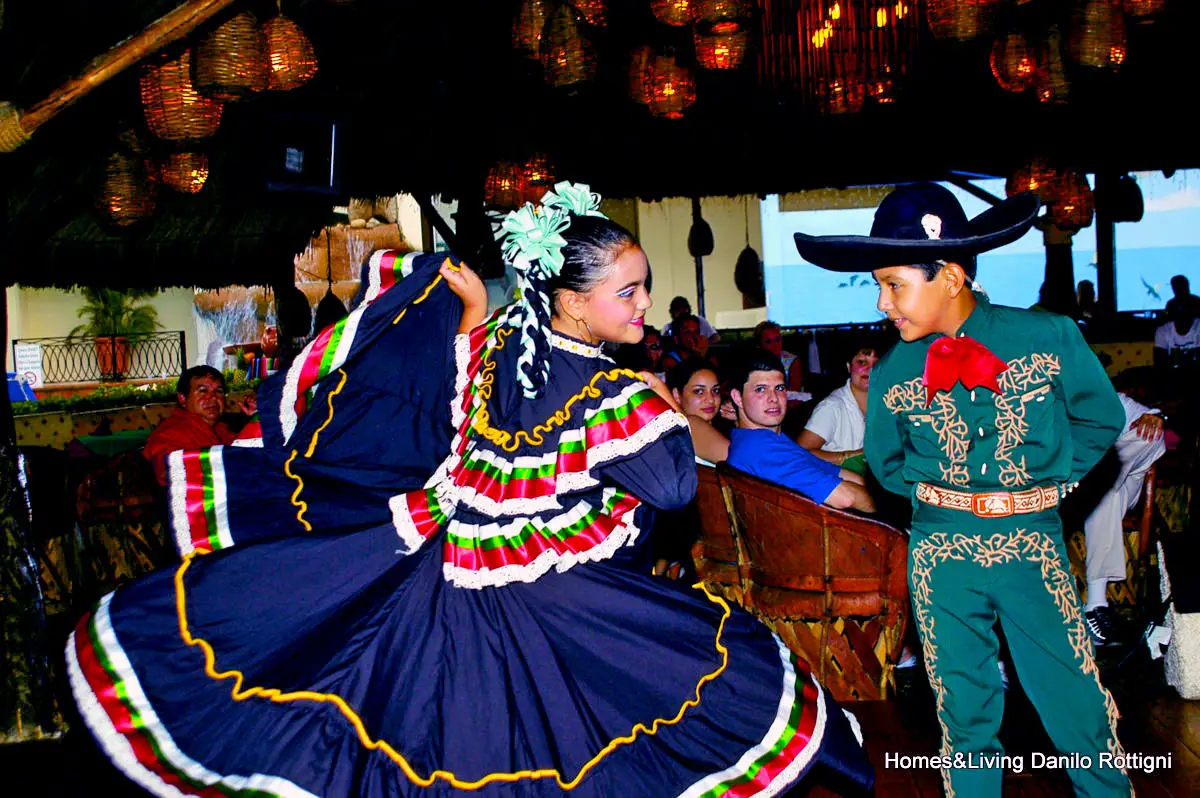
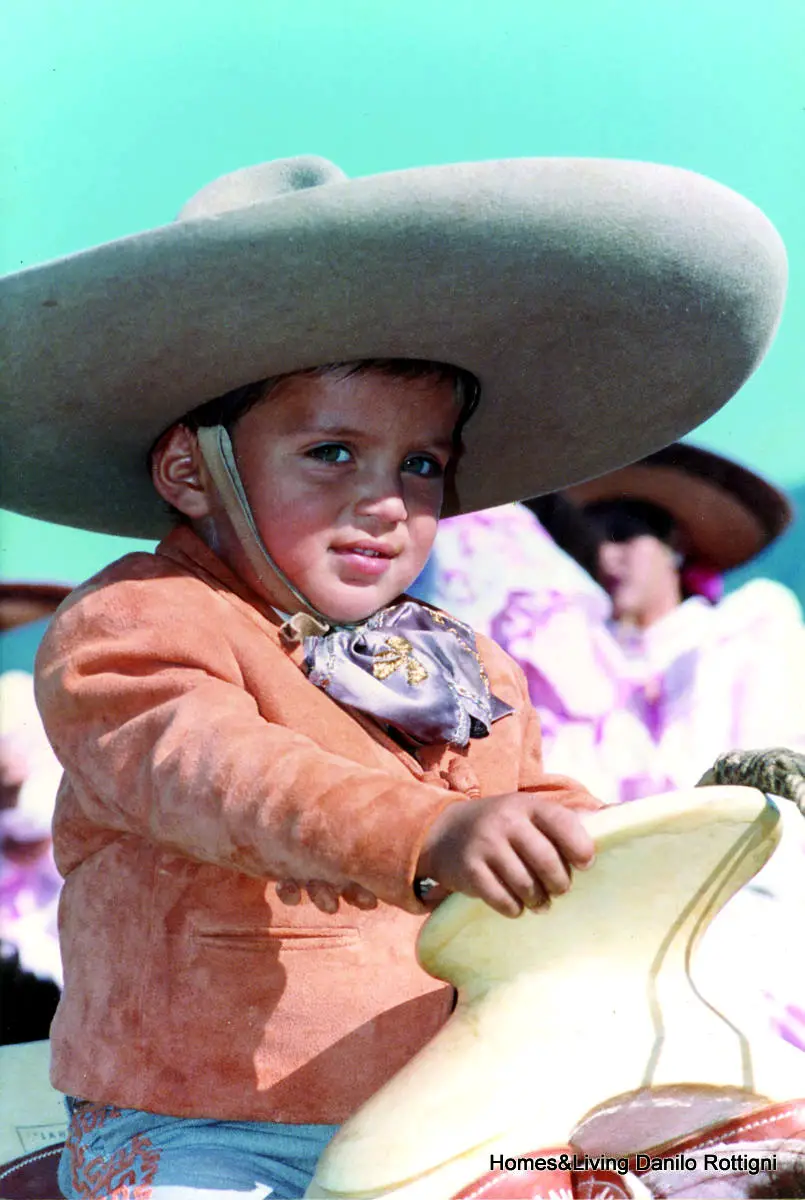
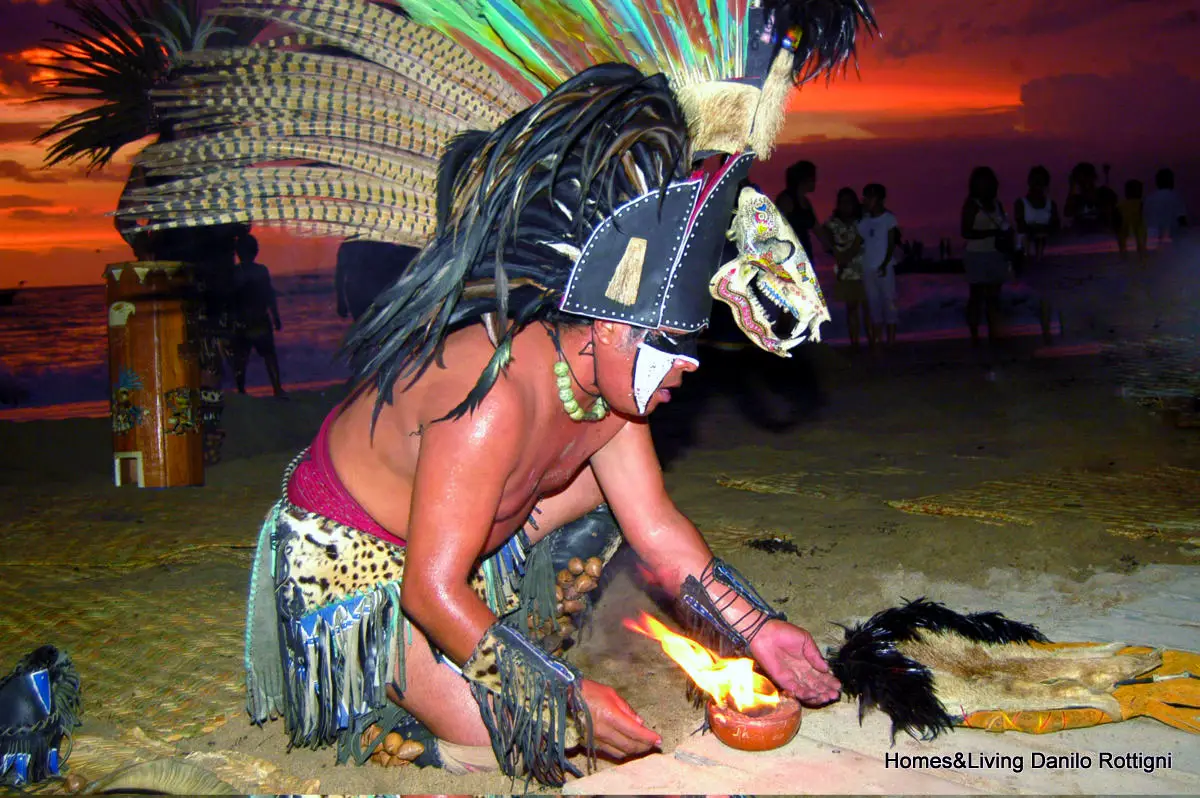
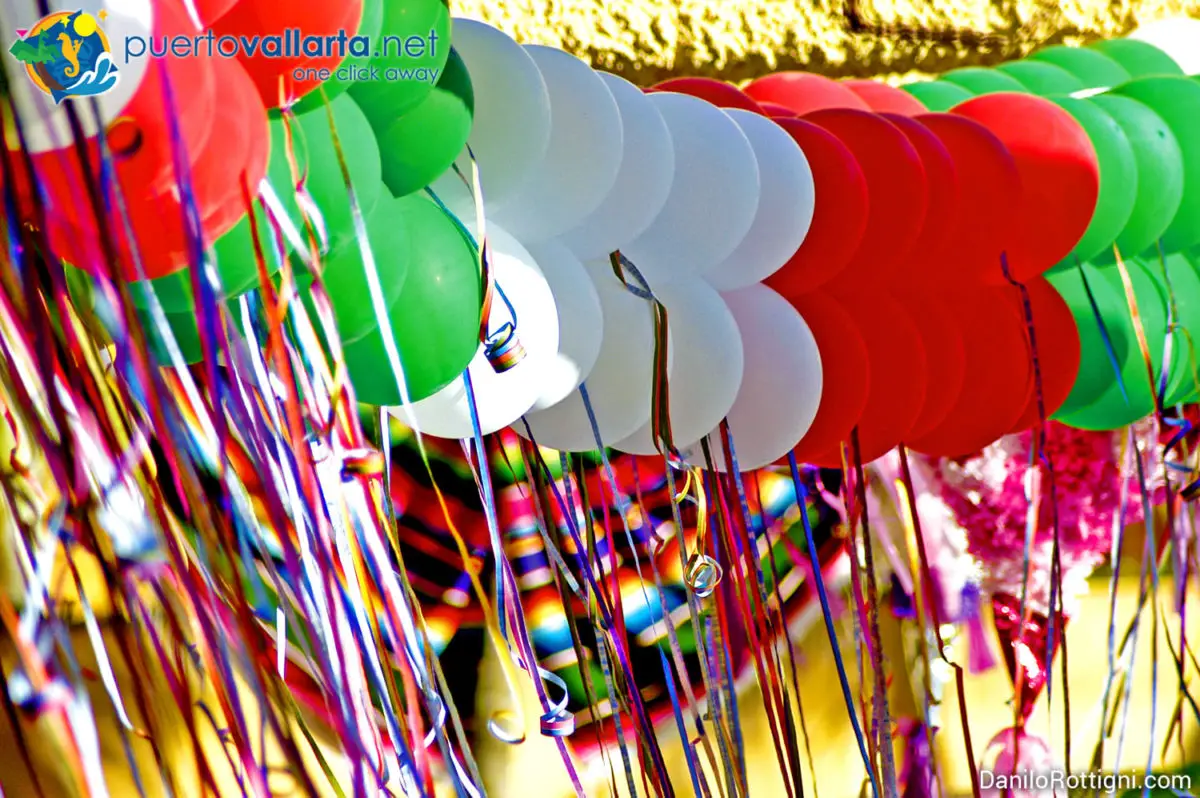
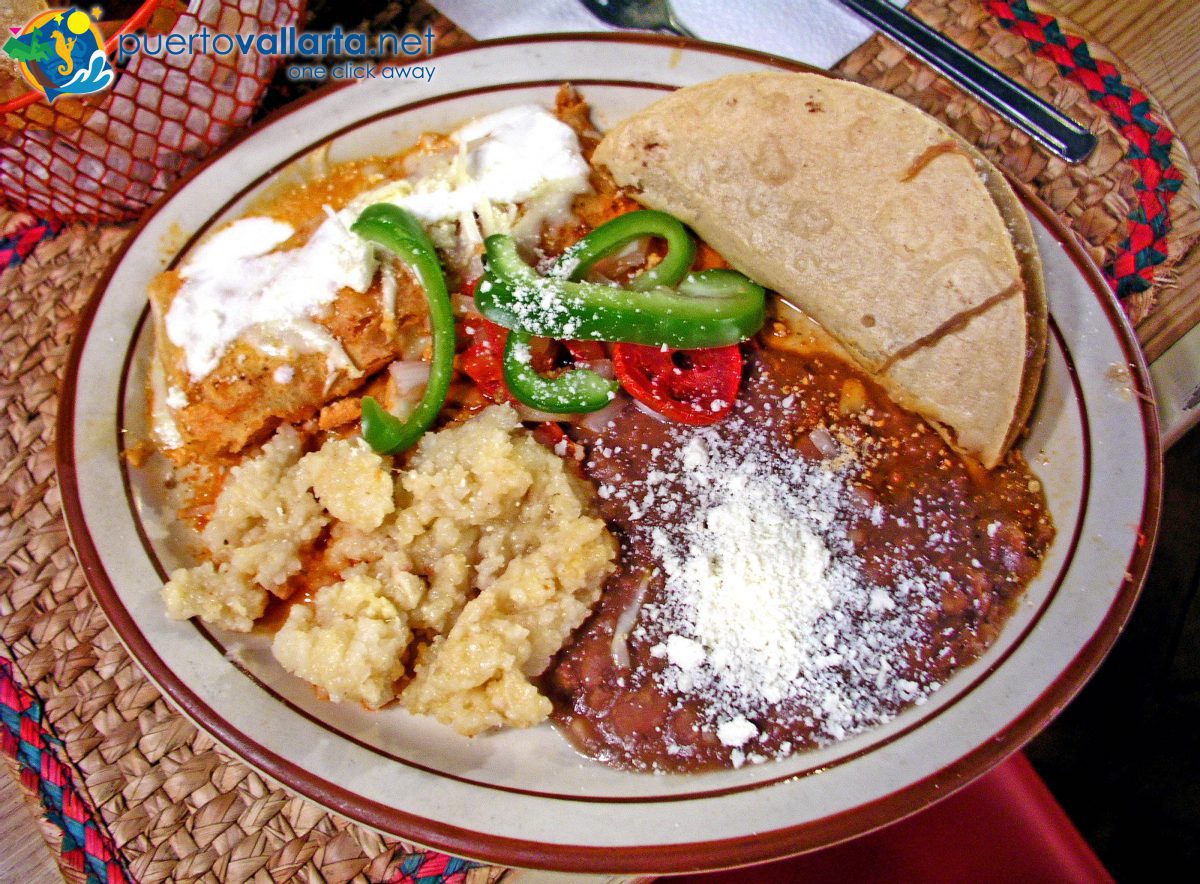
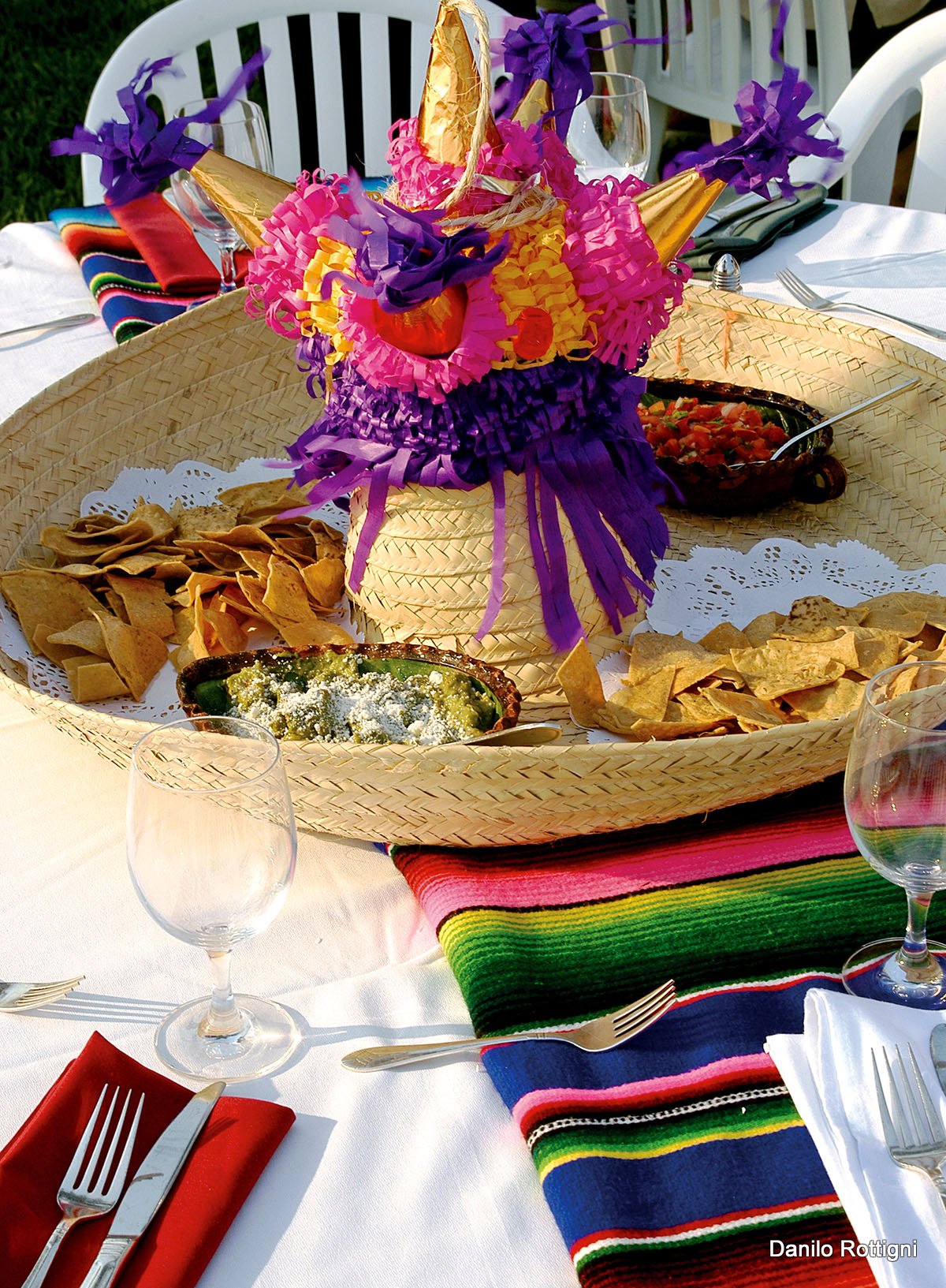
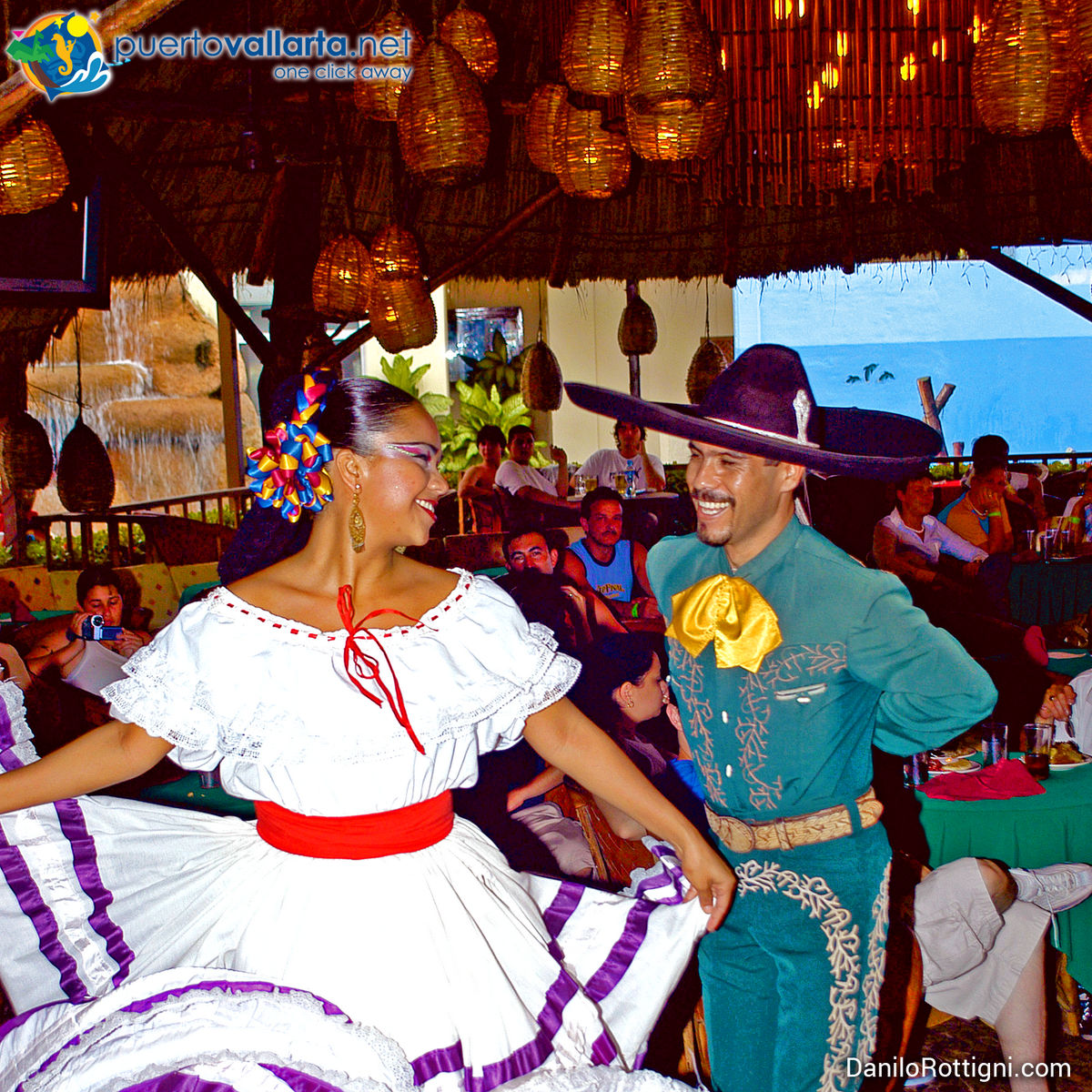
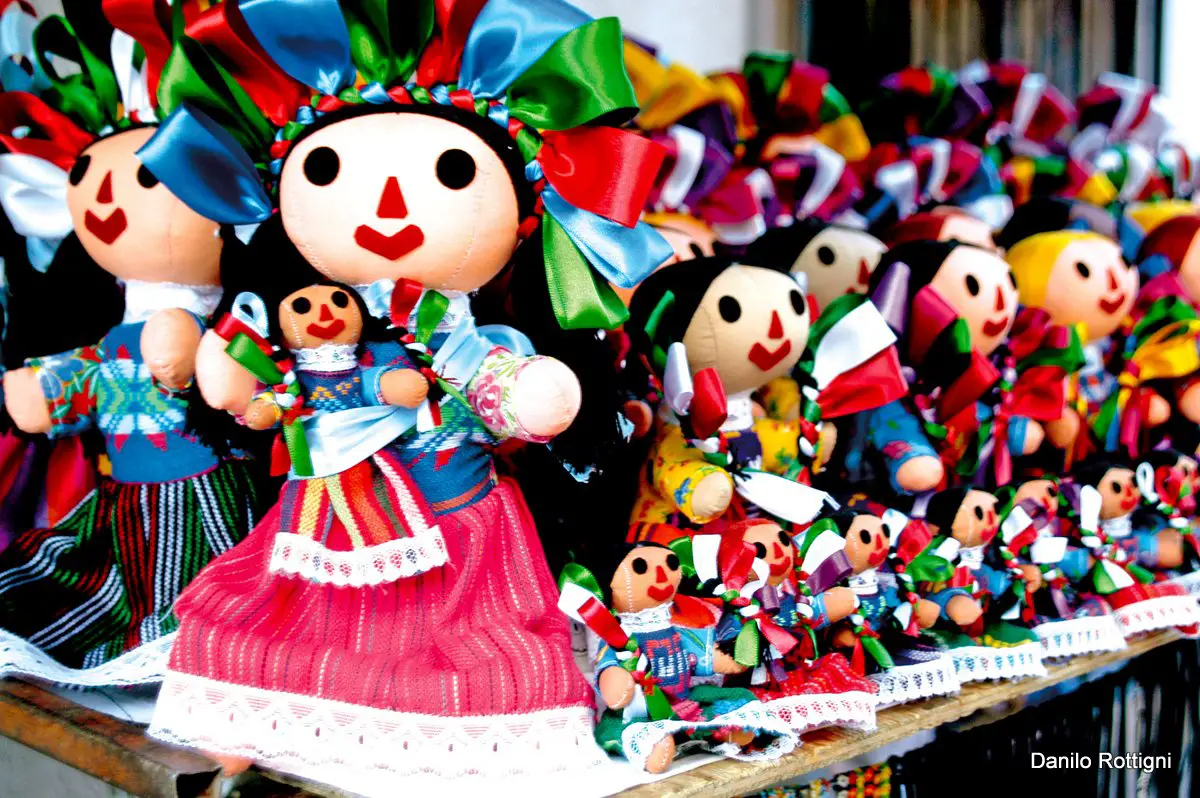
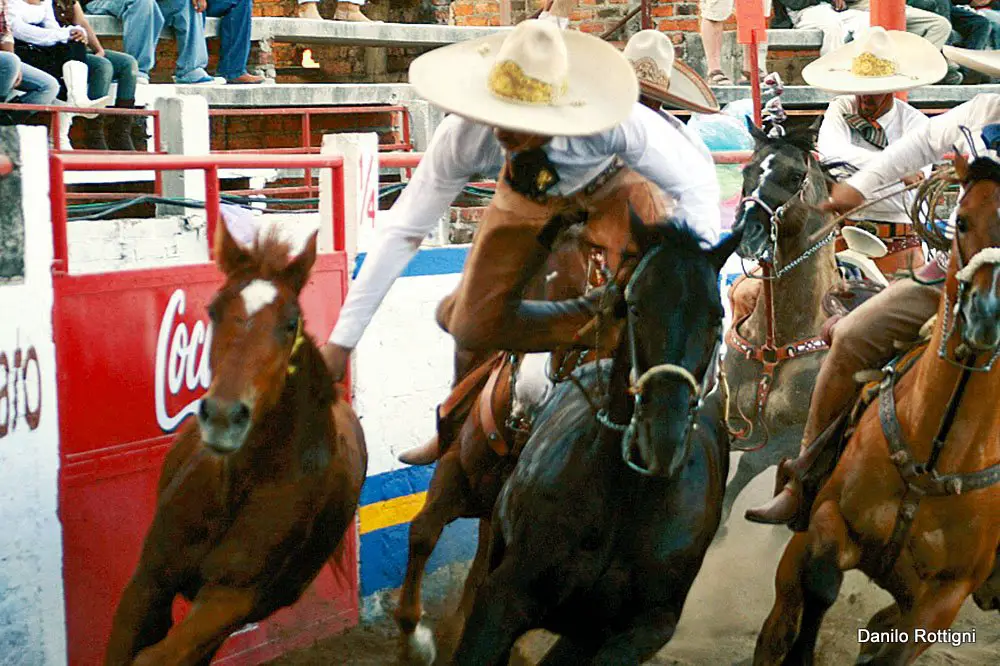
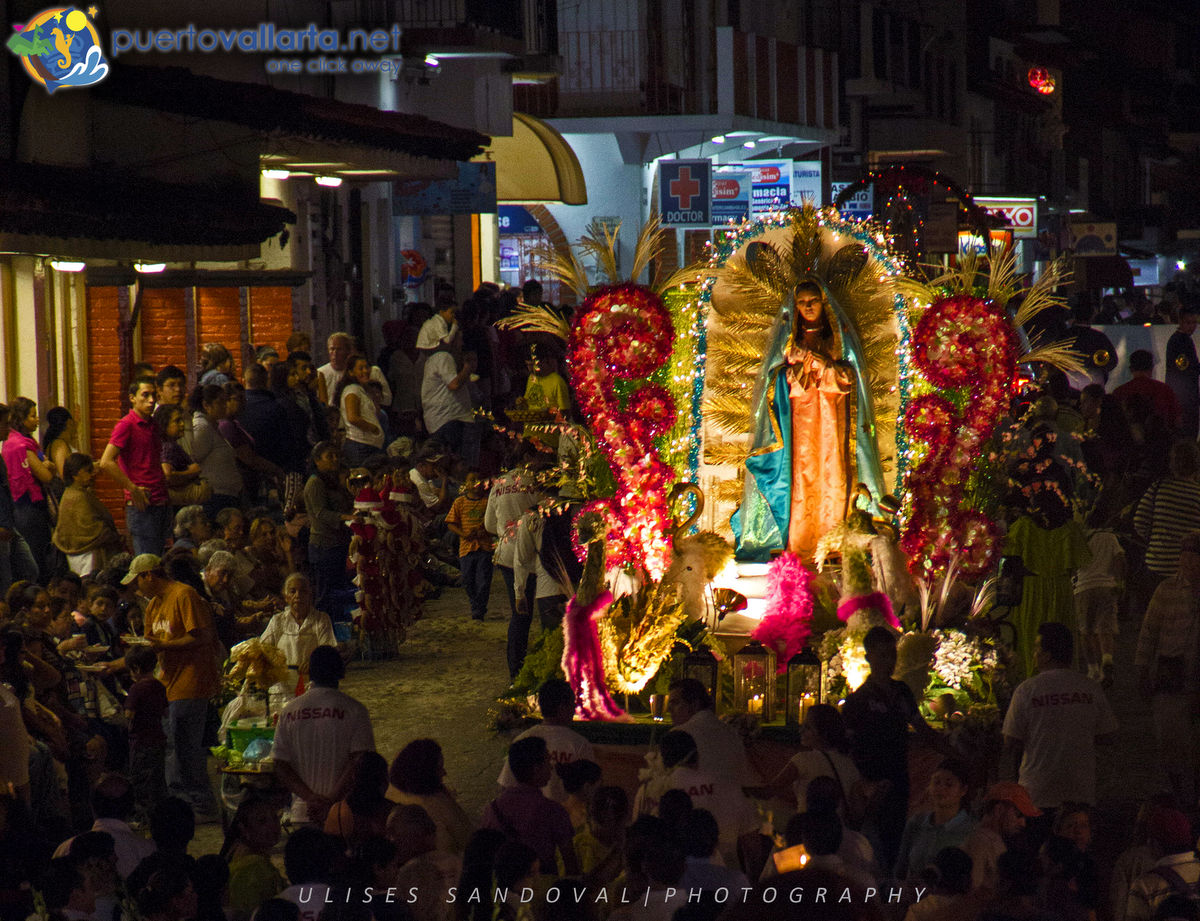
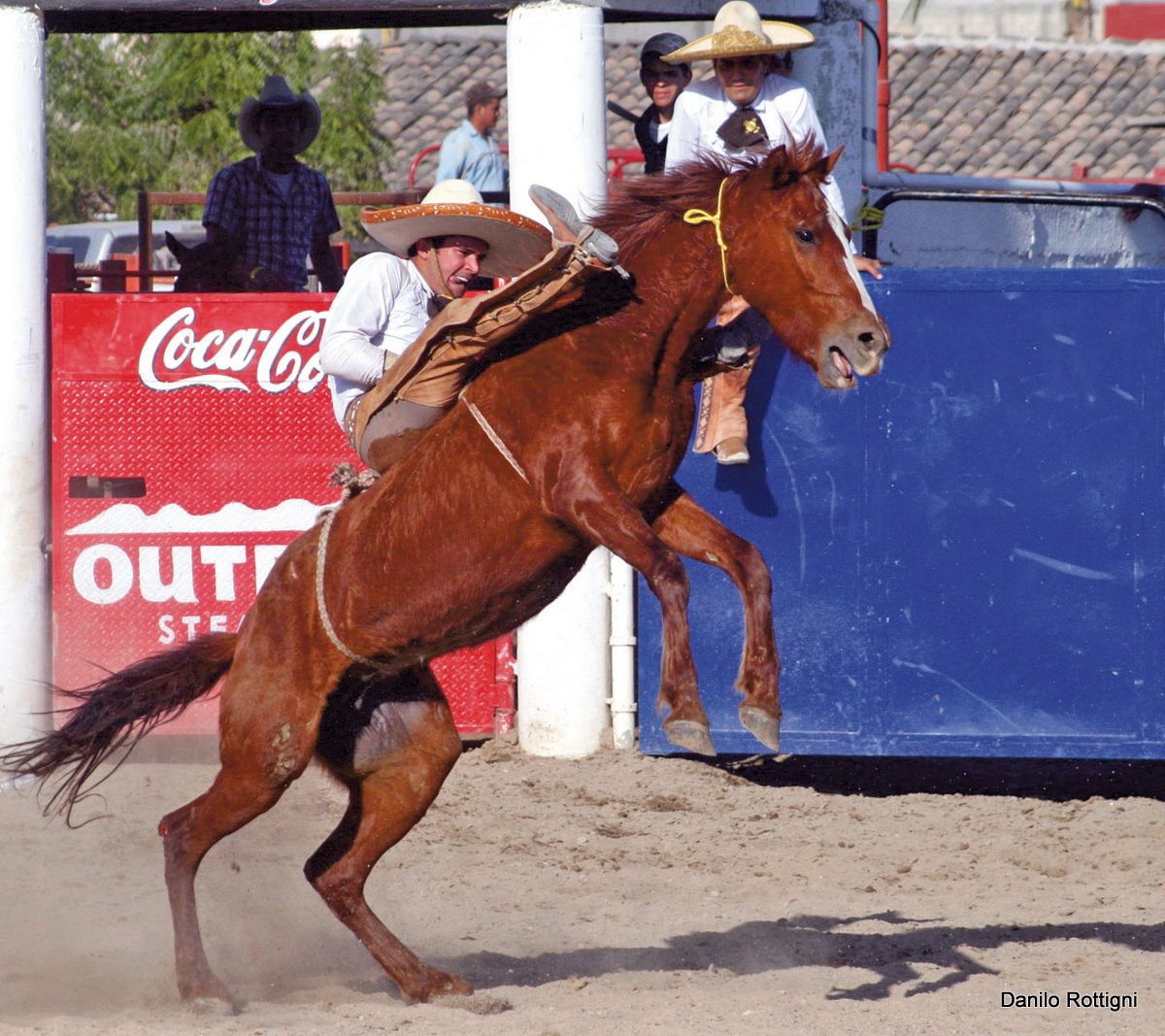
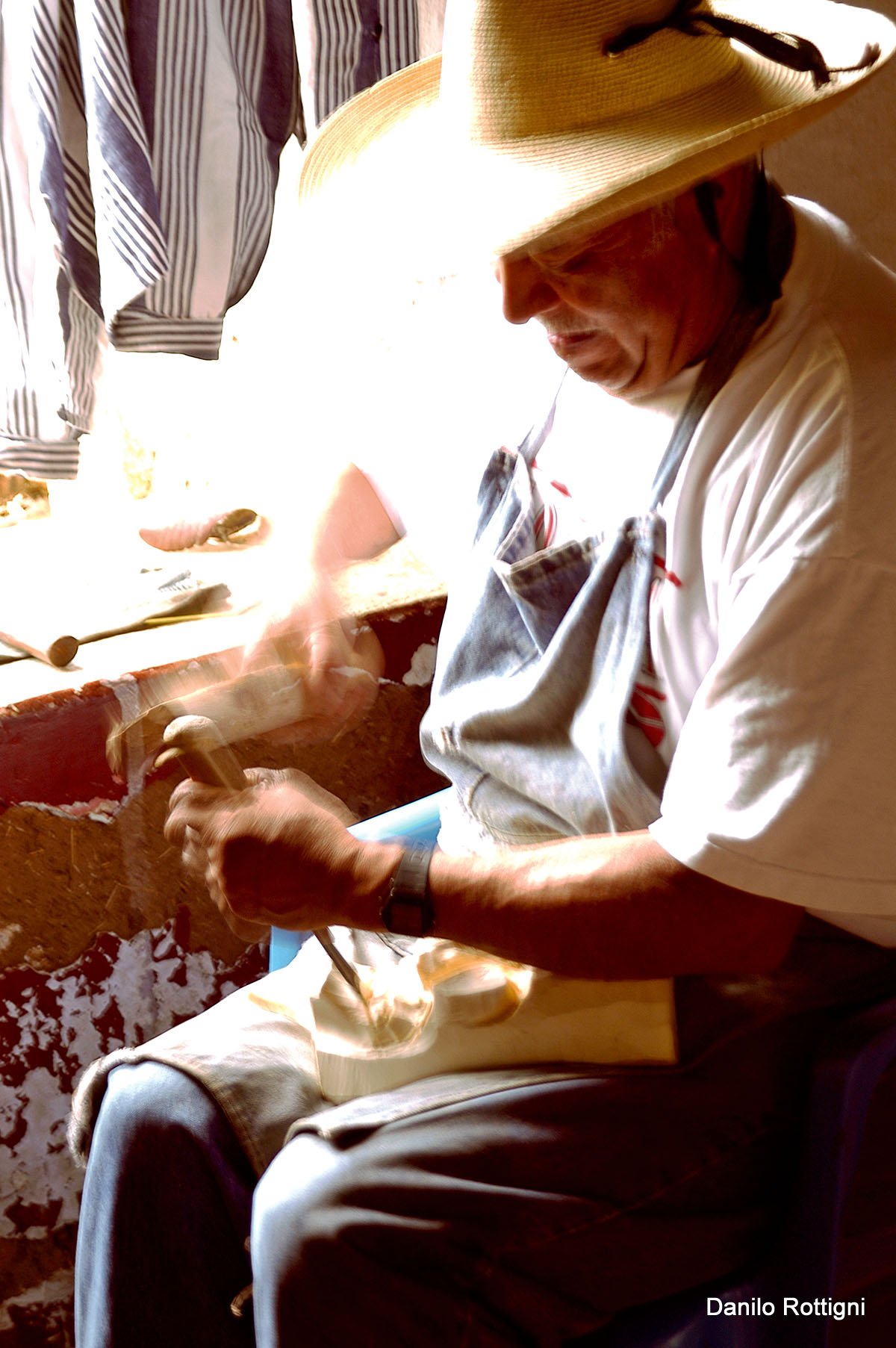
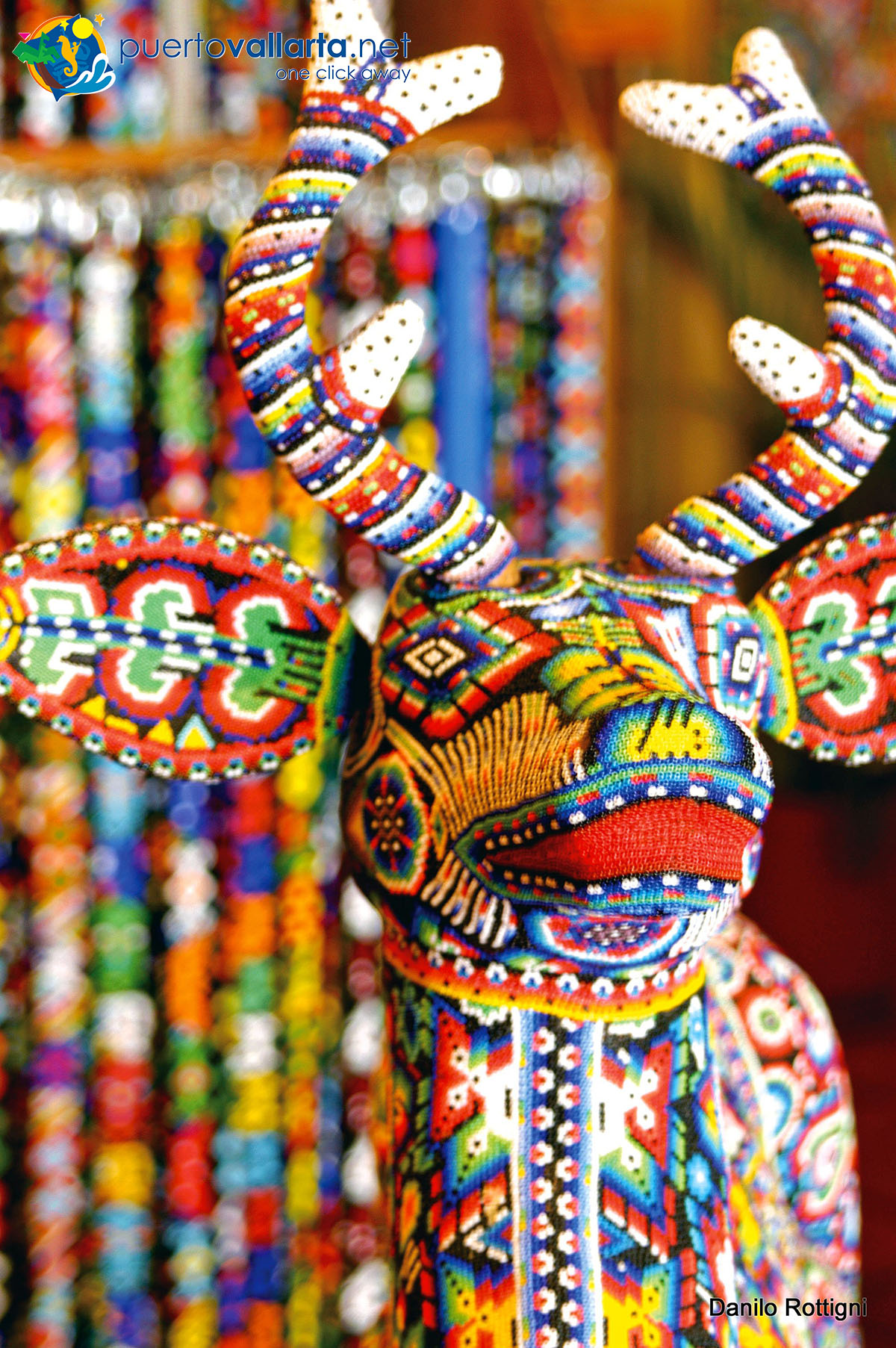

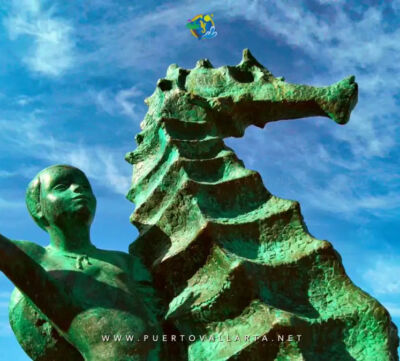
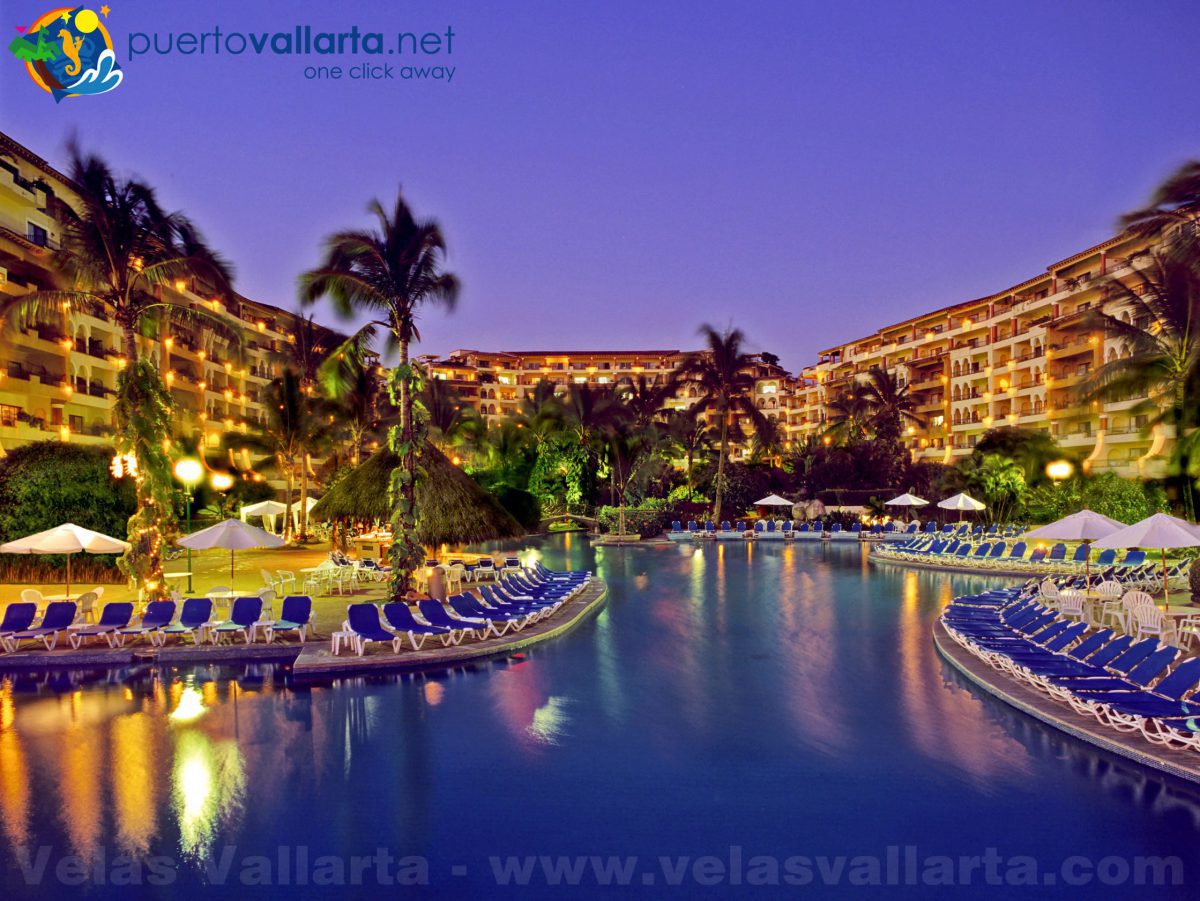

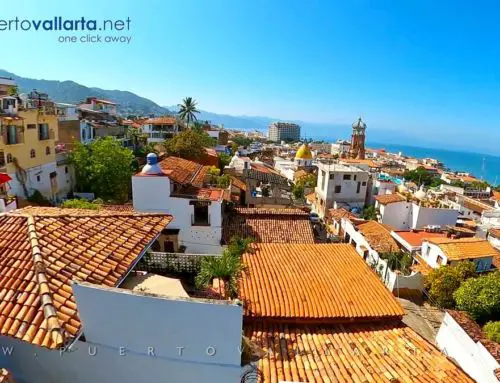
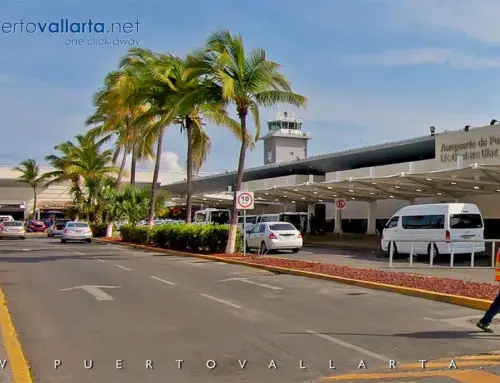
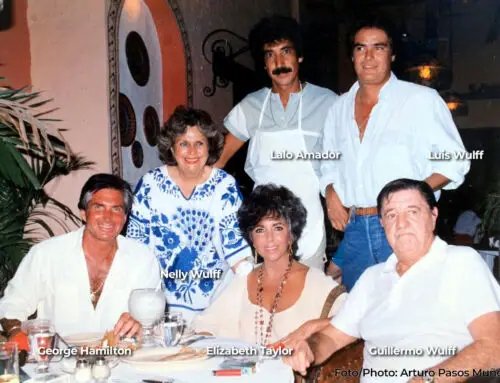
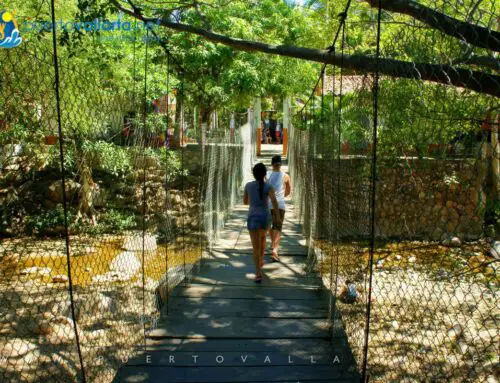
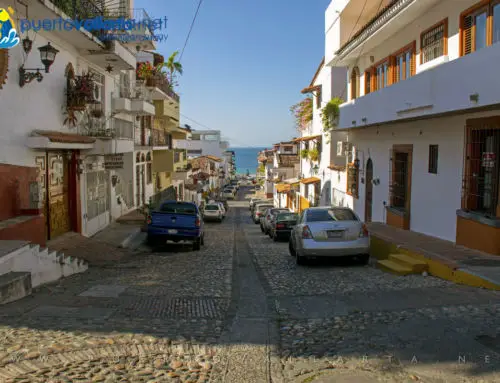
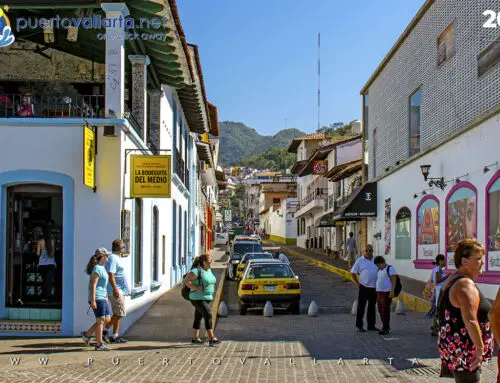
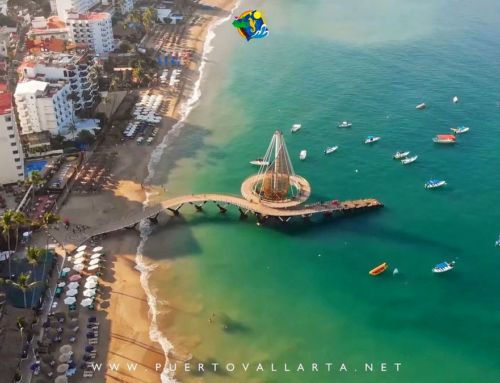
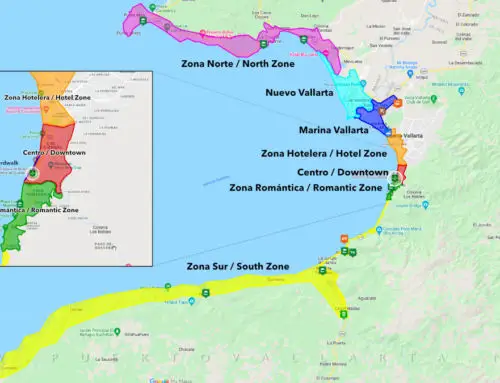
Leave A Comment